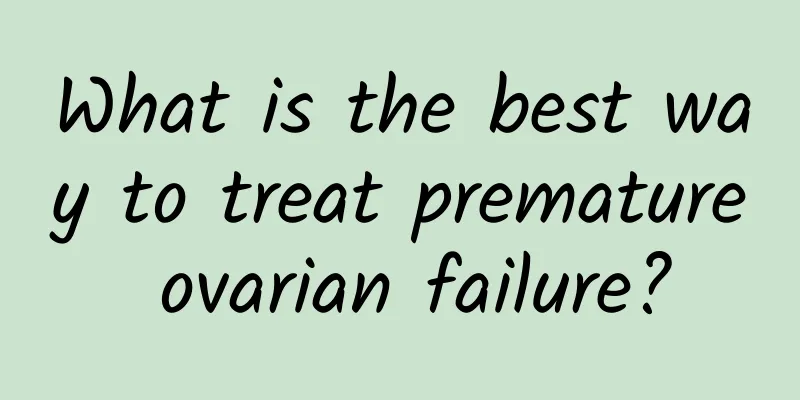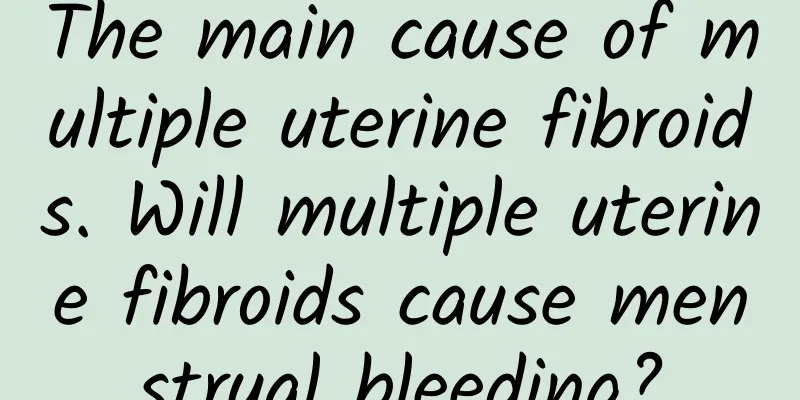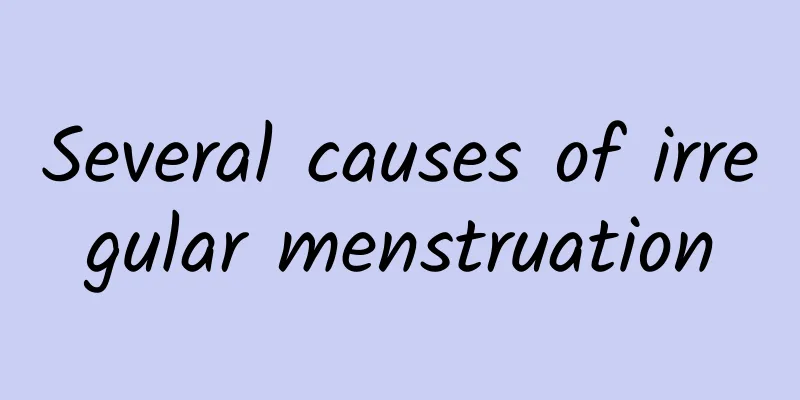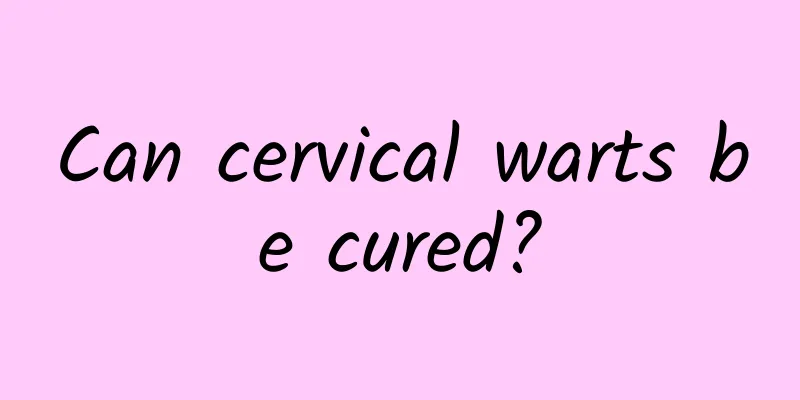What kind of surgery can treat uterine fibroids? Which kind of surgery is better for treating uterine fibroids?
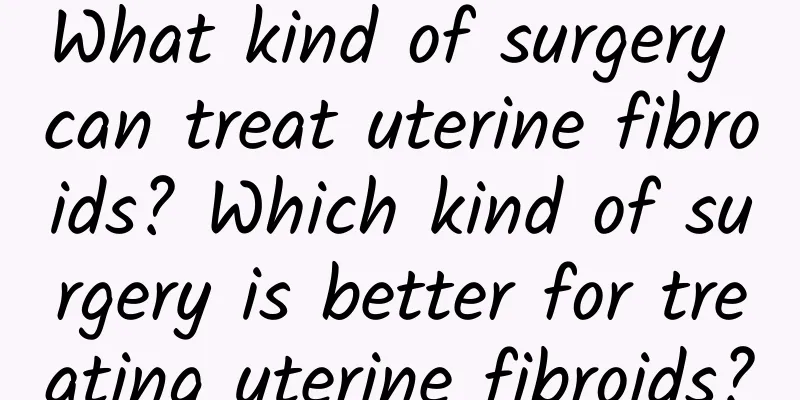
|
What kind of surgery can treat uterine fibroids? Which type of surgery is better for treating uterine fibroids? This is a question that many women with uterine fibroids are often concerned about. Uterine fibroids are a common benign tumor in women. Once diagnosed, timely surgical treatment is the most common choice. So, under the current medical technology, which type of surgery is more effective in treating uterine fibroids? At present, there are many surgical options for the treatment of uterine fibroids, mainly including: myomectomy, uterine artery embolization and hysterectomy. So, let's take a look at the characteristics and applicability of these surgeries one by one. The first is myomectomy, which is a commonly used surgical method. Through laparoscopy or laparotomy, the doctor removes or peels off the uterine fibroids. This surgical method is suitable for cases where the fibroids are small or confined to the endometrium. The advantages are small trauma and fast recovery, but it is powerless for cases where the fibroids are large and widely distributed. The second is uterine artery embolization, which is an interventional treatment. Through the catheter inserted into the uterine artery, the embolic agent is injected into the artery that supplies blood to the fibroids, so that the fibroids lose blood supply, thereby achieving the effect of shrinking the fibroids. This surgical method is suitable for larger uterine fibroids, especially for those women who want to keep their uterus. It is a good choice. However, there may be some discomfort after the operation, and you need to pay attention to your diet and rest after the operation. Finally, there is hysterectomy, which is an option in extreme cases. That is, the uterus with uterine fibroids is completely removed. This surgery is suitable for cases where the fibroids are large, widespread, and the symptoms are severe and cannot be controlled by other surgical methods. Of course, before considering this surgery, the patient's fertility needs and the risks of the surgery need to be carefully evaluated. In general, choosing the right surgical method for you depends on your specific situation. Before deciding on surgery, patients should fully understand their fibroids, consult professional doctors, and make comprehensive considerations based on their family and personal circumstances. Finally, let's have a popular science introduction. Uterine fibroids are one of the common tumors in the female reproductive organs, and the incidence rate is particularly high in women of childbearing age. It is generally characterized by symptoms such as menorrhagia, dysmenorrhea, and pelvic discomfort, and can even lead to infertility in severe cases. Once diagnosed with uterine fibroids, timely surgical treatment is an important choice to protect women's health. Choosing the appropriate surgical method according to the specific situation of uterine fibroids can effectively relieve the patient's symptoms and improve the quality of life. Therefore, when women find that they have uterine fibroids, they should seek medical treatment in time and receive scientific and reasonable treatment. In this way, they can recover their health as soon as possible and regain a good life. |
<<: What causes uterine fibroids? ...
>>: What should I eat after uterine fibroid surgery? Can adenomyosis be treated with surgery?
Recommend
Clapping after meals helps digestion and burns fat easily
Don’t just sit on the sofa and watch TV after a m...
Can a woman's ectopic pregnancy be inherited?
Is ectopic pregnancy related to heredity? Ectopic...
4 pieces of dried fruit = half a bowl of rice! Hidden fats and refined sugars are all eaten
We have to eat snacks when we have nothing to do ...
Typical symptoms of increased vaginal discharge and cervical hypertrophy
There are many symptoms in life that female frien...
Get healthy and move! 9 must-know sports tips
1. Power walking If you want to have a clear mind...
Aerial yoga is fun! Exercise your core muscles with just a piece of cloth!
Put on casual clothes, take out your yoga mat, an...
How to take care of your body after miscarriage? Pay attention to these 5 points
After a miscarriage, women must combine work and ...
Can pelvic masses be eliminated by taking Chinese medicine?
Whether Chinese medicine can eliminate pelvic mas...
Can I apply hot compress to my belly when I have heavy menstrual flow?
Women have menstruation every month, but everyone...
Treatment options for cervical precancerous lesions
Many people want to have a healthy body, but cerv...
A new tool for weight loss! Sleeve gastrectomy can reduce body weight by half
Obesity is an issue that modern people have to de...
What are the precautions after painless abortion?
The precautions after painless abortion surgery c...
Long-term consequences of untreated cervical erosion
If cervical erosion is not treated for a long tim...
Spring Love Slimming Liver Nourishing Warm Salad Helps Lose Weight
How to eat to lose weight in spring? It is popula...
What are the physical treatments for pelvic effusion?
Physical therapy can be used to treat pelvic effu...


